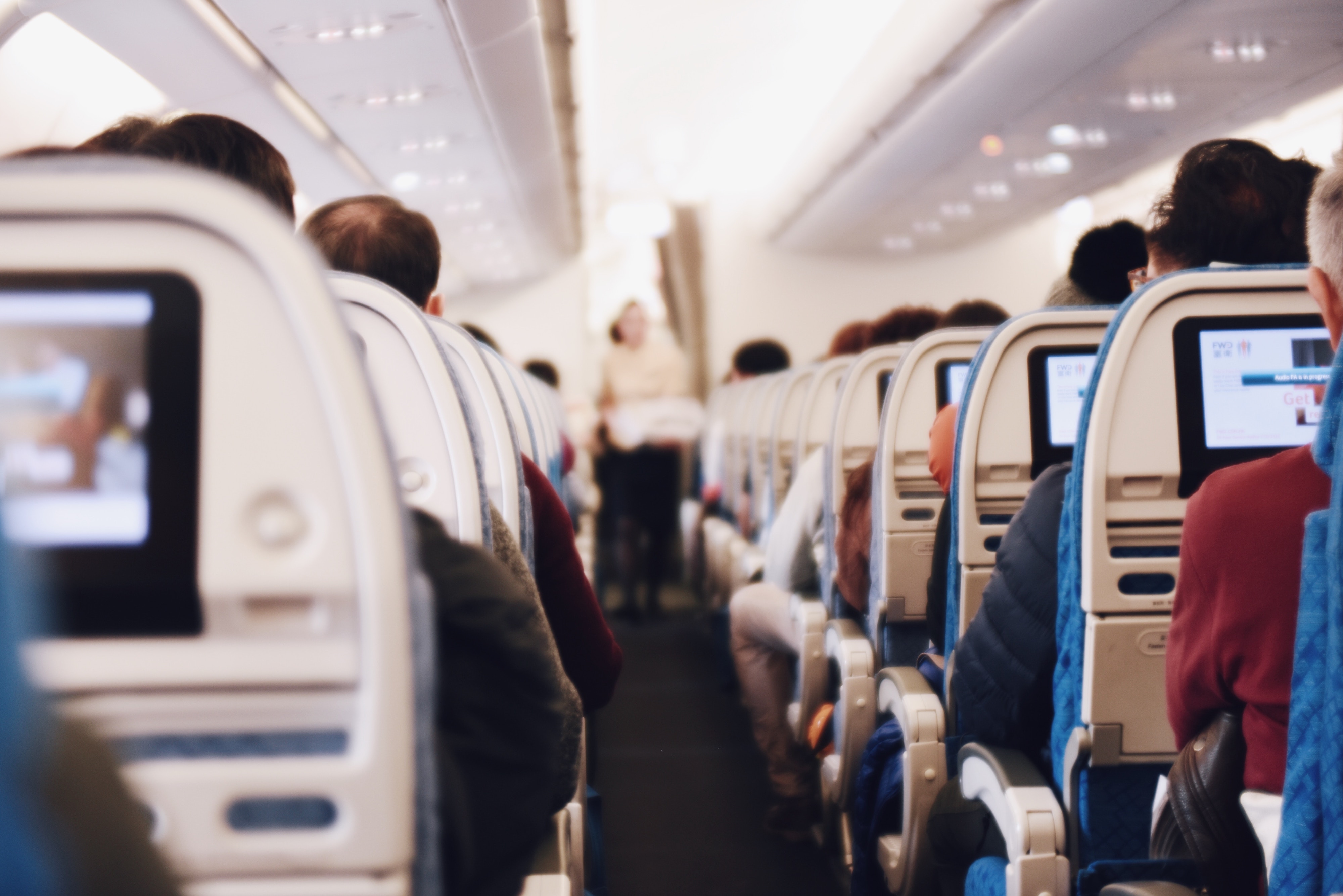
By Johnny Jet – For the past 20 years, Johnny Jet averaged 150,000 miles and 20 countries a year. He has been featured in many major publications and appeared on ABC, CBS, CNBC, CNN, FOX, MSNBC, NBC and PBS.
How well-versed are you when it comes to booking a flight? Besides the obvious, like getting the best possible price on your ticket, do you know which part of the plane is best to book your seat? What about the differences between various fares, such as economy versus basic economy? How about what kind of aircraft is most comfortable?
Here’s what you should know before booking a flight.
Know the Type of Aircraft
When booking your flight, the type of plane you’ll be on may not sway your decision to choose one airline or flight over another. However, the size, model, and how new the plane is matters as these factors may provide you a smoother, more comfortable ride.
The two types of aircraft you’ve most likely experienced are either an Airbus 320 or Boeing 737—together, they make up the bulk of commercial flying. Both types of airplanes are similar, but the Airbus 320 may be more popular, as Airbus models (A320, A330, A340, A350, A380) almost always give you more space versus Boeing planes (Boeing 767, 777).
Typically, the more modern the plane, the more legroom, better in-flight entertainment, and even slightly wider seats they provide.
Depending on what kind of plane you’re on, you may also enjoy amenities like:
- Lie-flat beds (if you’re flying first-class or business)
- Extra comfy seats
- Slightly more legroom
- In-flight Wi-Fi and electrical outlets
- Seatback entertainment, such as movies or TV shows
- Ordering food and snacks through the screen
Remember the Best and Worst Seat Locations—and Choose Accordingly
You may be a strictly window or aisle-person, but what about the general location of where you should sit? Should you choose the rear of the plane, middle, or front? Where you sit generally depends on what fare class you’ve booked. But like most travelers, you’re probably also concerned about noise from the engine, the temperature of the plane, and comfort.
If you’re able to have options when booking your flight, here’s the general low-down on which seats are best for your particular situation:
- A smoother ride: Over the wing
- For extra legroom: Second exit row, aisle
- If you want to sleep: Window near the front (of course this is contingent on other passengers, babies, etc.)
- For families with small kids: Bulkhead seat (located in the front of the plane)
- To avoid engine noise: choose a seat behind the wing
Get to Know the Different Types of Economy Seats
With the rise of basic economy fares over the last few years, airlines have changed their policies as they pertain to economy seats. Amenities such as seating assignment, on-board services, or options to upgrade vary depending on the airline and ticket.
Take United Airlines, for instance. The airline started charging for regular economy seats (not to be confused with Economy Plus, which has extra legroom and added benefits). Their Basic Economy fares also have restrictions, including no carry-on luggage allowance. This fare only allows you to bring one personal item, such as a laptop bag or shoulder bag that fits under the seat in front of you.
On American Airlines, Basic Economy is the cheapest fare class. It’s a no-frills experience with many restrictions, such as not being able to change your ticket once you book.
Make a Quick Checklist Before You Fly
Before booking a flight, keep these items in mind so you can purchase with confidence:
- Know the baggage allowance. Some carriers have limits on how many bags—and the size of said bags—you can bring on the plane.
- Double (and triple) check the date and time of your travel before you hit “purchase.”
- Check your flight arrival time if you’re flying to and from an international destination. Also, check if any visas will be required.
- If you have a layover, make sure you have enough time to get to your gate, especially if it’s in a different terminal.
- Always check to see if the airline offers 24-hour cancellation service.
Lastly, before booking a flight, be sure to read all of the rules from the airline. Sometimes you’ll see a link to the “fare rules” so be sure to read it before you click “buy.” Many airlines don’t offer any refunds or give you the option to change your ticket, which may result in wasted time and money.
Disclaimer: Opinions expressed here are author’s alone, and have not been reviewed, approved or otherwise endorsed by TripIt. The author may include references to products from advertisers. For an explanation of this contributor’s advertising disclosure, please click here.

